-
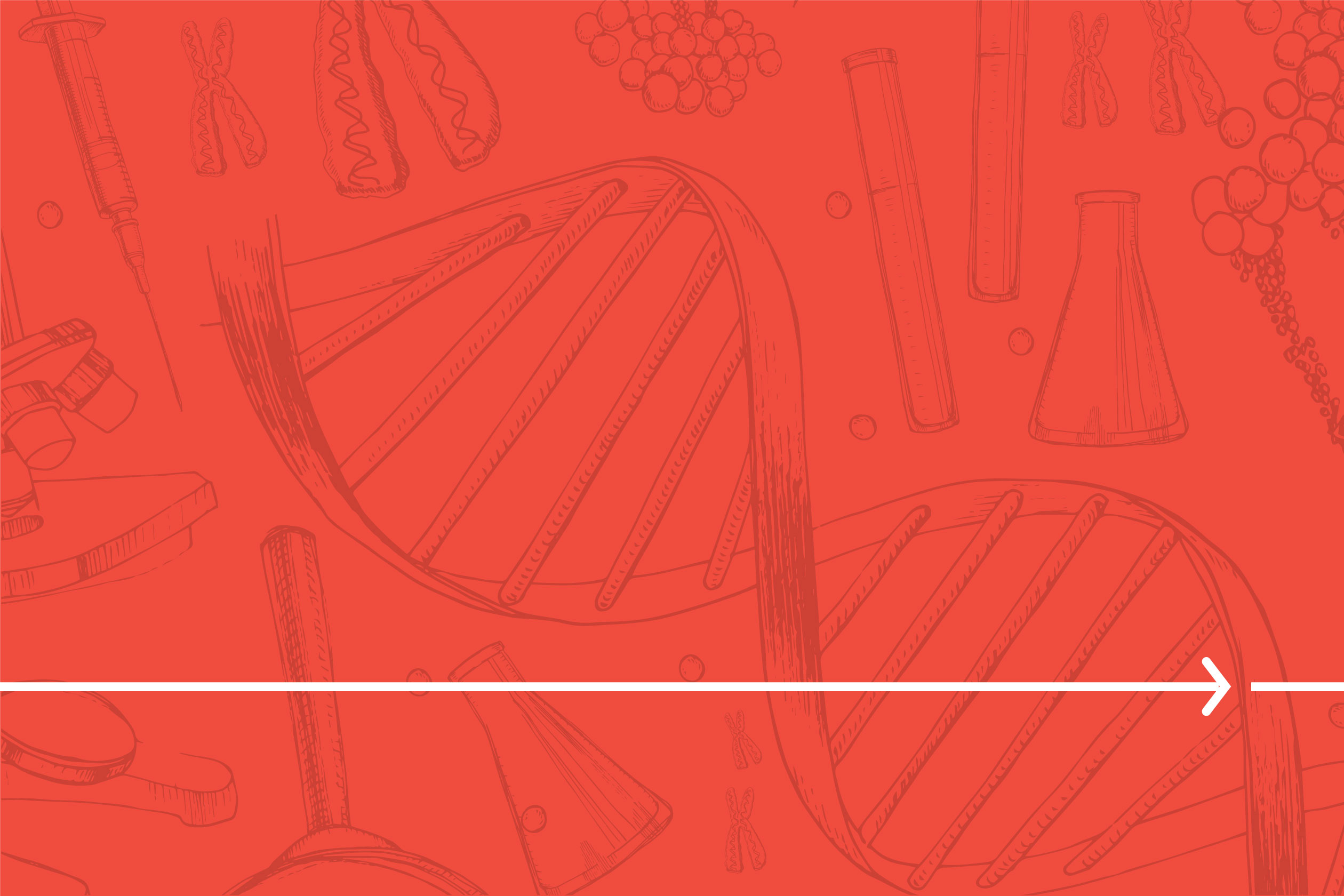








 START HERE
START HERE -









 START HERE
START HERE -
 1989HESI holds first workshop on Mouse
1989HESI holds first workshop on Mouse
Liver Tumors. This workshop was the
first in a series jointly hosted by HESI,
ILSI RSI, and the US EPA. The output
of these workshops was foundational
in informing the International
Program on Chemical Safety (IPCS)
conceptual framework for evaluating
chemical mode of action. 1989HESI was founded as a
1989HESI was founded as a
worldwide environmental
sciences division within ILSI.
(First meeting held
April 5, 1989) 1992HESI launches its
1992HESI launches its
first four technical
committees.
 1992Dr. Denise Robinson
1992Dr. Denise Robinson
appointed as HESI’s
first Scientific Director.
 1993HESI’s Emerging Issues
1993HESI’s Emerging Issues
process – an initiative that
stands today - is launched
to promote the routine
adoption of new science
into HESI. 1992HESI launches its first four technical committees:Carcinogenicity Technical CommitteeImmunotoxicology Technical CommitteeWater Quality Technical CommitteeWaste Management Technical CommitteeHESI ITC’s role is unique in that it facilitates
1992HESI launches its first four technical committees:Carcinogenicity Technical CommitteeImmunotoxicology Technical CommitteeWater Quality Technical CommitteeWaste Management Technical CommitteeHESI ITC’s role is unique in that it facilitates
tri-partite collaborations. It is very responsive to
‘grass-roots’ proposals and therefore has a unique
ability to efficiently address questions raised by
bench scientists with a good understanding of big
picture questions, and it provides strong project
management with managers that are also good
scientists. For instance, the ITC played an important
role conveying that one CRA assay does not fit all –
that flexibility in assay design is good. The ITC
impacts contributors’ careers by providing growth
opportunities and increasing expertise.”Dr. Hervé Lebrec, Amgen Dr. Denise RobinsonDr. Robinson worked as the inaugural Executive Director of HESI from
Dr. Denise RobinsonDr. Robinson worked as the inaugural Executive Director of HESI from
1992 – 2002, during which time she established much of HESI’s initial
governance and programmatic infrastructure. During her tenure,
Dr. Robinson greatly increased the number of active programs, HESI
membership, and global reach. Dr. Denise Robinson earned her PhD in
Pharmacology from Georgetown University School of Medicine. After
leaving HESI, Dr. Robinson worked as the head of Science and
Technology, Drug Safety R&D at Pfizer for over ten years. She is currently
retired and resides in Connecticut, while continuing to devote time to
professional organizations such as the Society of Toxicology.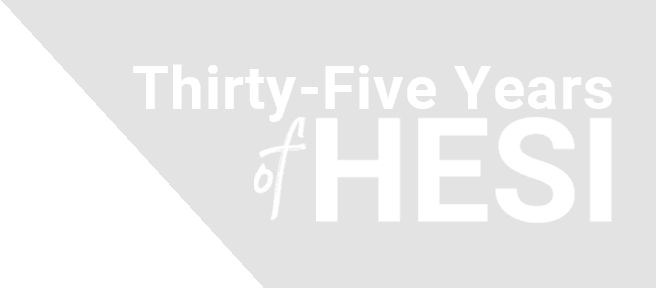


-
 1993HESI takes an early lead in exploring non-animal
1993HESI takes an early lead in exploring non-animal
methods for safety assessment with the launch
of the Alternatives to Animal Testing (AAT)
Technical Committee. The Committee’s research,
with expert guidance from international safety
assessors, ophthalmologists, and vision researchers,
contributed to the abandonment of the in vivo
Draize eye test in favor of in vitro approaches. 1995The Water Quality Technical Committee
1995The Water Quality Technical Committee
holds a three-day workshop on
Disinfection By-Products in Drinking
Water with support from the US EPA, US
NIEHS, UK Water Industry Research
Council, Chlorine Institute, and the
American Water Works Association.
 1996The Developmental and Reproductive
1996The Developmental and Reproductive
Toxicology (DART) Committee launches
with an initial project focused on
conducting extensive literature reviews
on non-traditional developmental toxicity
endpoint measurement approaches.
 1997The HESI Peroxisome Proliferation
1997The HESI Peroxisome Proliferation
Activated Receptor (PPAR) Committee
rapidly launches a blinded pathology
review study to address emerging
concerns about potential carcinogenicity
of drugs and chemicals with this
mechanism of action.
 1999HESI celebrates its 10
1999HESI celebrates its 10
year anniversary with
~100 supporting
organizations (about
half private sector
and half public
sector). To see
how we have
grown to more
than 300 members
in 2019, click here. 1995The Water Quality Technical Committee
1995The Water Quality Technical Committee
holds a three-day workshop on Disinfection
By-Products in Drinking Water with support
from the US EPA, US NIEHS, UK Water
Industry Research Council, Chlorine
Institute, and the American Water Works
Association resulting in a comprehensive
textbook on best practices for protecting
human health.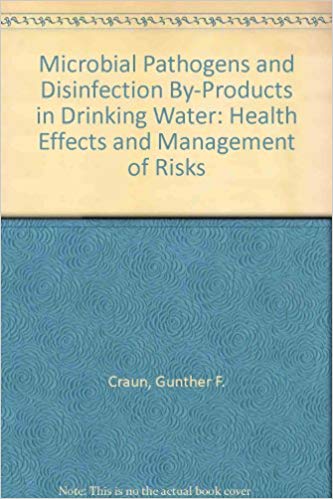 1996The Developmental and Reproductive Toxicology
1996The Developmental and Reproductive Toxicology
(DART) Committee launches with the goal of
conducting extensive literature reviews on
non-traditional developmental toxicity endpoint
measurement approaches. Since its inception,
DART has gone on to publish dozens of
fundamental, peer-reviewed studies and original
research that form the basis for best practices
for DART assessment of chemicals and
drugs worldwide.Several publications that came from the
HESI-DART committee (2nd species papers;
inhibin B paper; micro-CT evaluations of
skeletons) were extremely useful to our
organization and the regulatory
environment surrounding our activities.
The 2nd species paper and micro-CT papers
were useful to demonstrate the importance
of rabbits in developmental toxicity testing
and the validity of using micro-CT
evaluations in toxicity studies,
respectively."Dr. Dinesh Stanislaus, GlaxoSmithKline1997The HESI Peroxisome Proliferation Activated
Receptor (PPAR) Committee rapidly launches a
blinded pathology review study to address
emerging concerns about potential
carcinogenicity of drugs and chemicals with this
mechanism of action. The study results were
published in a foundational paper that still informs
human relevance evaluation for
hemangiosarcomas observed in safety studies.This project pointed out to me how issues
that had urgency could be addressed
quickly through the HESI process, again
bringing together international experts
from government, academia, and industry.
It also pointed out the success of HESI in
being able to handle logistical and scientific
issues in an expeditious manner,
addressing the specific needs of the
sponsors and committee members."Dr. Samuel Cohen,
University of Nebraska Medical Center


-
 2001HESI is incorporated as an
2001HESI is incorporated as an
independent 501(c)(3)
nonprofit charitable
organization with its own
governance, financing,
and oversight.
 2001The Alternatives to
2001The Alternatives to
Carcinogenicity Testing
Committee publishes the
results of a multi-year, 30
million dollar study evaluating
six distinct transgenic
rodent assays.
 2002Dr. Michael Holsapple
2002Dr. Michael Holsapple
is hired as HESI’s second
Executive Director.
 2003Agricultural Chemical Safety
2003Agricultural Chemical Safety
Committee project receives
multiple international awards
for reducing animal usage and
enhanced testing efficiency.
 2000HESI's active scientific committees:Alternatives to Animal TestingAlternatives to Carcinogenicity TestingDevelopmental and Reproductive Toxicology*Immunotoxicology*The HESI role in the Alternatives to
2000HESI's active scientific committees:Alternatives to Animal TestingAlternatives to Carcinogenicity TestingDevelopmental and Reproductive Toxicology*Immunotoxicology*The HESI role in the Alternatives to
Carcinogenicity Testing project was a great
example of the power of the model and the
ability of this model to foster evolution of
scientific thinking in an area critical to
promoting human health. There were many
individuals involved in making this project a
success and it was the environment created by
HESI that enabled this remarkable cross-
functional effort to be so effective. It is clearly a
model that has been perpetuated and enabled
continuing contributions to the many
challenges we face.”Dr. Jim MacDonald,
Chrysalis Pharma Consulting
Former Chair of the HESI ACT ProgramNonclinical/Clinical Safety CorrelationsRisk Assessment Methodologies*These two committees are still active with
evolving portfolios in 2019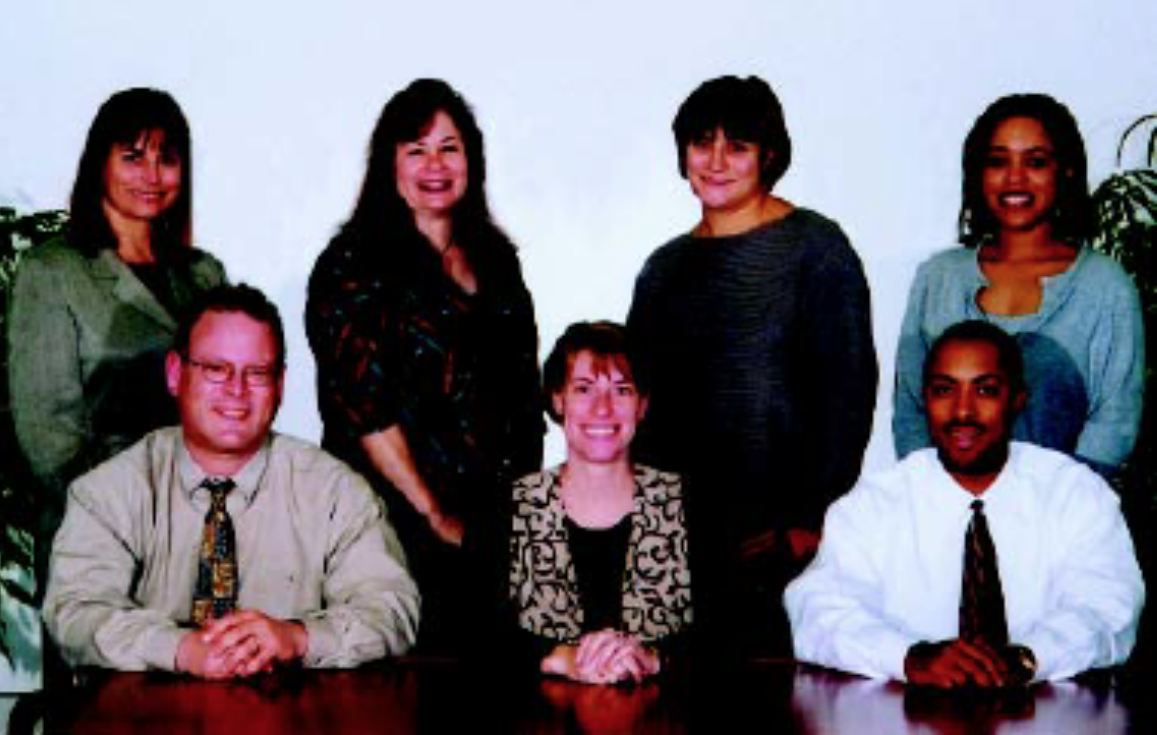 2001 HESI StaffSeated (from left): J. David Sandler, Scientific
2001 HESI StaffSeated (from left): J. David Sandler, Scientific
Project Manger; Amy M. Burk Fredericks, ILSI HESI
Branch and Board Administrator; Karluss V. Thomas,
Scientific Project Manager.
Standing (from left): Denise Robinson, Ph.D.,
Executive Director; Cynthia J. Nobles, Senior
Secretary; Syril D. Pettit, Scientific Project Manager;
Candice Y. Hamilton, Senior Secretary.
Not pictured: Mary Anne Hazen, Senior Secretary;
Eric L. Moore, Senior Secretary.2003The Technical Committee on Agricultural Chemical
Safety, a multi-sector, international group of
government, academic, and industry scientists,
completes a multi-year project to develop an
improved testing scheme for assessing the safety
of crop protection chemicals. The program
receives multiple international awards and
citations for reducing animal usage and enhanced
testing efficiency. Program outputs are
incorporated into tiered testing guidelines across
the globe and reduce overall animal testing.The Health and Environmental Sciences Institute
(HESI) Agricultural Chemical Safety Assessment
(ACSA) represented an early effort to reduce the
number of animals and resources used in chemical
safety evaluation by designing a tiered testing
paradigm that incorporated existing knowledge of
toxicity and exposure. This effort was an important
springboard to the current efforts to increase the
efficiency and effectiveness of toxicity testing
through use of modern technologies to provide the
most relevant information for decision-making.”Dr. Vicki Dellarco, U.S. EPA (retired)2001The Alternatives to Carcinogenicity Testing
Committee publishes the results of a multi-year,
30 million dollar study evaluating six distinct
transgenic rodent assays. The results of this
study inform International Conference on
Harmonization guidelines for these assays and
their acceptance by regulatory authorities
including the FDA, EMA, Japan, Health Canada,
and other drug safety agencies around the world.The success of this project is a strong
recommendation for the tripartite approach
that HESI is promoting. It was decided that
ICH Guideline S1B would give companies
the opportunity to use transgenic mice if
further evaluated. This recommendation
took place after evaluation of the HESI
project and as a consequence, a lot of
companies have replaced the two-year
mouse study.”Dr. Jan Willem van der Laan,
Medicines Evaluation Board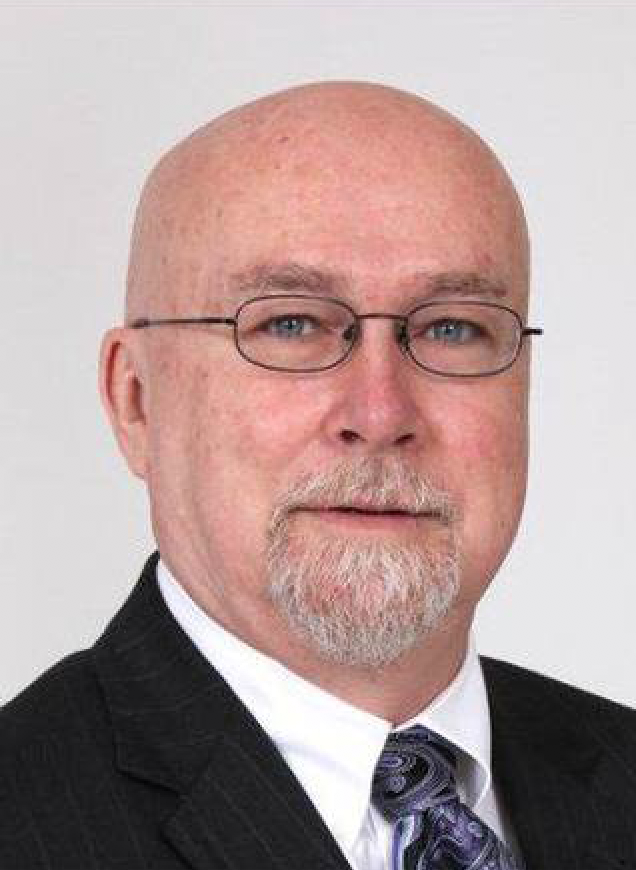 Dr. Michael HolsappleDr. Michael Holsapple holds a PhD in Pharmacology & Toxicology from
Dr. Michael HolsappleDr. Michael Holsapple holds a PhD in Pharmacology & Toxicology from
Purdue University and was the Executive Director of HESI from 2002 –
2011. Throughout all stages of his career, Dr. Holsapple has maintained
an interest in immunotoxicology, including the importance of
developmental immunotoxicity testing.


-
 2004HESI Genomics Committee publishes
2004HESI Genomics Committee publishes
its seminal evaluation of the use of
genomic microarrays for chemical and
pharmaceutical risk assessment
in EHP, and this article has since
received ~500 citations and
thousands of downloads.
 2006In response to global health concerns
2006In response to global health concerns
about unanticipated arrhythmias
caused by marketed drugs, HESI
undertakes a multi-site experimental
program to inform novel safety
testing that led to global
safety practices.
 2006Seoul, Korea. The Protein Allergenicity
2006Seoul, Korea. The Protein Allergenicity
Technical Committee convenes global
experts at a workshop that informed the
development of sera banks to support
protein allergenicity safety assessment. 2006Opportunities to enhance
2006Opportunities to enhance
exposure-driven approaches to
integrating biomonitoring data
in human health risk assessment
are highlighted in two pivotal
publications by the HESI
Biomonitoring Committee.
 2008The value and limitations of DNA
2008The value and limitations of DNA
adduct data for assigning mode
of action for tumor development
is the focus of discussions
and publications from multi-
disciplinary international
team of safety scientists
within the DNA Adducts
Committee. 2006In response to global health concerns about
2006In response to global health concerns about
unanticipated and potentially lethal clinical
arrhythmias associated with marketed drugs,
HESI undertakes a multi-site experimental
program to inform novel safety testing
approaches. The results of this study published
in 2006 - Hanson et al. – inform novel global
cardiac safety standards and effectively eliminate
the development of drugs with unanticipated
arrhythmic effects.There is no other place, besides the HESI Cardiac
Safety Committee, where there is this breadth of
expertise and cross-sector partnership focused on an
area of fundamental scientific need. And although we
don’t often think about this because we’re focused on
advancing our pharmaceutical and environmental
safety assessment processes, but cardiovascular
disease is the number one cause of mortality globally.
There are significant public health impacts that can
come from what we study and the capabilities we
develop in this HESI program."Dr. Brian Berridge,
National Toxicology Program NIH2004HESI Genomics Committee publishes its
seminal evaluation of the use of genomic
microarrays for chemical and pharmaceutical risk
assessment in EHP. These articles have since
received ~500 citations and thousands of
downloads. The effort led to the launch of the first
public microarray database that included
experimental animal data (Tox-ArrayExpress) and
spurred other efforts such as the MAQC
(consortium on genomic data quality) and
contributed to the identification of novel renal and
genetic toxicity biomarkers.The project wouldn’t have
happened [without HESI]. HESI
brought people together to
collaborate. HESI can bring people
together to do a huge research
project that no one else would do –
this is very valuable."Dr. Jennifer Fostel, NIEHS / NIH2006Challenges and opportunities to enhance
exposure-driven approaches to integrating
biomonitoring data in human health risk
assessment are highlighted in two pivotal
publications in Environmental Health Perspectives
and Toxicological Sciences by the HESI
Biomonitoring Committee in 2006. These papers
have been cited hundreds of times in the last ten
years and continue to inform contemporary practice.2008The value and limitations of DNA adduct data for
assigning mode of action for tumor development
is the focus of discussions and publications from
multi-disciplinary international team of safety
scientists within the DNA Adducts Committee.
This program led to the formation of the current
Genetic Toxicology Technical Committee that has
become a global leader in the design and
evaluation of methods of genotoxicity testing.[Health Canada] fully appreciates the strength of the
tri-partite approach used to advance applications and
uptake of new tools and approaches. The HESI
portfolio within GTTC is impactful, hitting all of the
latest important topics and helping to advance and
improve genetox methodologies. Working together
alongside our industry and academic partners’ issues
and challenges facilitates arriving at consensus. In
addition, much of the work feeds directly into critical
international exercises like revisions of OECD test
guidelines, which are necessary to ensure the
protection of human health.”Dr. Carole Yauk, Health Canada


-
 2010FDA and EMEA ‘qualify’ two novel
2010FDA and EMEA ‘qualify’ two novel
urinary biomarkers of kidney toxicity
(in rodents) for use in safety
assessment based on results of a
multi-year, multi-site experimental
study conducted by the Biomarkers of
Nephrotoxicity Committee.
 2012HESI’s 3rd Executive Director,
2012HESI’s 3rd Executive Director,
Syril Pettit, launches her first full
year in the leadership role and
leads HESI’s first Annual Meeting
in Europe (Prague) in June 2012.
 2014The first three RISK21 framework
2014The first three RISK21 framework
manuscripts are published and available
for download online. These papers
explain a transparent, scientifically
accountable, and highly visual approach
for performing accurate risk
assessments in the 21st century. 2014HESI celebrates its 25th
2014HESI celebrates its 25th
anniversary and expansion of the
scientific portfolio to includes 13
scientific committees and more
than 60 distinct projects. Over 260
HESI publications are cited almost
5,000 times in over 1,000 scientific
peer reviewed journals. 2014HESI signs MOU with
2014HESI signs MOU with
FDA CDER stating a
shared commitment
to improving human
health via enhanced
regulatory science
partnerships.
 Dr. Syril PettitSyril Pettit became the HESI’s third Executive Director in November 2011
Dr. Syril PettitSyril Pettit became the HESI’s third Executive Director in November 2011
after serving in other scientific staffing and leadership roles at HESI since
joining the organization in 2000. During her tenure, she has expanded the
organizational scope and membership and increased HESI’s focus on
multidisciplinary solutions to public health problems. Dr. Pettit launched
HESI’s highly recognized THRIVE initiative in 2015.
Dr. Pettit holds a Doctorate in Public Health Leadership (DrPH) from the
University of North Carolina’s Gillings School of Global Public Health,
a Master’s Degree in Environmental Management (M.E.M.) from Duke
University’s Nicholas School of the Environment, and a Bachelor’s Degree
in Biology from Amherst College. She has authored dozens of scientific
articles and lectured at international scientific meetings around the world
on topics including public health, oncology, cardiac safety, genomics,
collaborative approaches to science, and other drug and chemical
safety issues.2013The HESI Protein Allergenicity Technical
Committee (PATC) holds a Beijing workshop on
food allergy and safety assessment on protein
allergenicity and toxicity, clinical allergy, and the
safety of genetically modified crops, fostering
future collaborations with Chinese scientists
and regulators.[The PATC] studies were related to
evaluating the relevance of digestibility as
a determinant of allergenicity and to
assessing whether bioinformatic sequence
comparisons should be based on identity or
similarity. The outcome of these studies
has provided new leads for studies on the
process of sensitization and symptom
elicitation in food allergy, and for studies
on IgE cross-reactivity.”Dr. Ronald van Ree
Academic Medical Center
University of Amsterdam2010FDA and EMEA ‘qualify’ two novel urinary
biomarkers of kidney toxicity (in rodents) for
use in safety assessment based on results
of a multi-year, multi-site experimental study
conducted by the Biomarkers of Nephrotoxicity
Committee. These markers are now routinely
utilized non-clinically, have been incorporated
into commercial testing platforms, and are
under evaluation for clinical use.The multi-laboratory study data generated
by the HESI Biomarkers Committee represent
an important contribution to the biomarker
qualification process. The FDA recognizes the
significant effort that went into generating
these data, and that they represent the
outcomes of the first prospectively and
collaboratively designed, executed, and
analyzed qualification studies submitted
as part of the BQDS process.”Dr. Janet Woodcock
Director the FDA’s Center for
Drug Evaluation and Research


-
 2015HESI Genetox Committee publication
2015HESI Genetox Committee publication
wins Society of Toxicology’s Risk
Assessment Specialty Section Best
Paper award and the Environmental
and Molecular Mutagtenesis
Editor’s Choice. 2016COMPARE – HESI’s first public,
2016COMPARE – HESI’s first public,
curated, protein allergenicity
database is released and is
rapidly adopted as a global
standard for safety evaluation.
 2017HESI reaches a new
2017HESI reaches a new
membership high with
scientists participating
from more than 300
academic, government,
NGO, research, and
business organizations
around the world 2018HESI THRIVE program
2018HESI THRIVE program
recognized by the U.S.
White House Cancer
Moonshot Program and
the Biden Cancer Institute.
 2018HESI signs MOU with EPA to signal shared
2018HESI signs MOU with EPA to signal shared
commitment to environmental science.
 2018Results of HESI’s multi-year
2018Results of HESI’s multi-year
ring trial on methods to
assess aquatic
bioaccumulation in fish
are incorporated into new
OECD test methods
(319A and 319B) and
guidance documents.

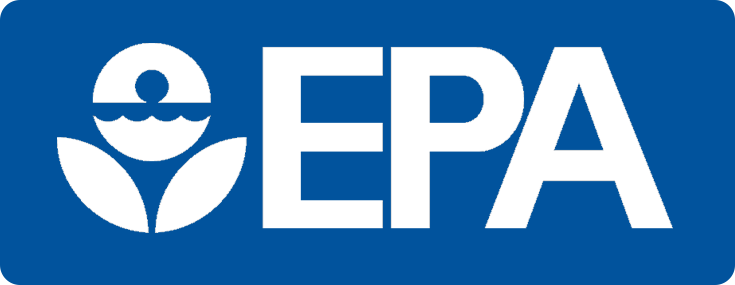 2018HESI signs MOU with EPA to signal shared commitment to
2018HESI signs MOU with EPA to signal shared commitment to
environmental science and launch a novel collaboration to improve the
utility of modeling approaches for predicting absorption, distribution,
metabolism and excretion (ADME) of synthetic or natural chemical
substances in humans and other animal species.2018HESI THRIVE program recognized by the U.S.
White House Cancer Moonshot Program for its
innovative approaches to driving research that
can improve cancer patient quality of life. This
same program is named as one of only 30
partners recognized by the Biden Cancer Institute.Findings of these innovative THRIVE studies will
contribute essential evidence focused on minimizing
treatment toxicities that impede quality of life - an
outcome that is central to making good on the
promise of providing patient-centered care that
improves the lived experience for cancer patients and
their families. HESI brilliantly dovetailed THRIVE's
work with the Biden Cancer Moonshot activities to
spotlight this broader constellation of cancer
research priorities.”Rebecca Kirch,
National Patient Advocate Foundation2016COMPARE – HESI’s first public, curated, protein
allergenicity database is released and is rapidly
adopted as a global standard for safety evaluation.
CompareDatabase.orgHESI has been a very effective coordinator for the
different voices of the tripartite membership. This
composition has made the outcome very useful and,
being consensus-driven, reflective of the science
behind the allergy hazard assessment. The usefulness
derives from the efforts to make the COMPARE
Database clearly derived from literature references
with data that meets clear performance goals and are
peer reviewed. I think COMPARE has had a big impact
on how we move forward on the toxin database or
sequence comparisons.”Dr. John Kough, U.S. EPA2018Results of HESI’s multi-year ring trial on methods
to assess aquatic bioaccumulation in fish are
incorporated into new OECD test methods
(319A and 319B) and guidance documents.
HESI becomes a fully independent organization
by concluding its charter with ILSI.The field is moving away from live animal
testing to alternative methods of risk
assessment – this is very easy to say and
really hard to do. HESI has helped
advance methods for getting away from
animal testing and has accelerated progress.
When you get more people focusing on the
same question, you bring more resources
and more energy – you accelerate progress.
HESI has done that.”Dr. John Nichols, U.S. EPA


-
 2019The Botanical Safety Consortium was formally
2019The Botanical Safety Consortium was formally
launched as a result of a Memorandum of
Understanding between the US FDA, US NIEHS
and HESI to provide a forum for scientists to
work collaboratively to generate a sound
scientific basis for integrating existing safety
data and the latest toxicology tools to evaluate
botanical safety in dietary supplements. Advancing Regulatory ScienceFrom 2019-2023, HESI science
Advancing Regulatory ScienceFrom 2019-2023, HESI science
helped to support advancements
in regulatory science for health
protection.
 2020HESI Launches International
2020HESI Launches International
PROPAGATE Network to Enhance
COVID-19 Testing Efficiency in
Low-Resource Settings. (Link) Growing PortfolioHESI launched many new
Growing PortfolioHESI launched many new
committees, projects and
programs between 2021-2023.
Click to see the full list.
 2021Launch of the Global Risk Assessment Training Center
2021Launch of the Global Risk Assessment Training Center
(GRATC) to increase access to an availability of
foundational chemical risk assessment capacity building,
training, and resources, particularly in low and
middle-income and resource-limited regions. Trainee InitiativesOver the last 5 years a number of
Trainee InitiativesOver the last 5 years a number of
HESI committees have offered
trainee initiatives such as
professional development
awards, early-career seminar
series awards, career symposia,
mentorship and PhD
sponsorship opportunities and
on-demand virtual training
opportunities.
 2018HESI signs MOU with EPA to signal shared commitment to
2018HESI signs MOU with EPA to signal shared commitment to
environmental science and launch a novel collaboration to improve the
utility of modeling approaches for predicting absorption, distribution,
metabolism and excretion (ADME) of synthetic or natural chemical
substances in humans and other animal species.2021-2023NEW PROGRAMS LAUNCHED
HESI has launched a number of
new committees, projects and
programs between 2021-2023.2021 – NEW Committee: Transforming the Evaluation of
Agrochemicals (TEA)
2021 – NEW Committee: Collaboration on Ototoxicity Risk
Assessment (CORA)
2021 – CT-TRACS Project Launch: Identification of Off-Target
Mutations Associated with CRISPR Genome Editing
2021 – GTTC Projects Launched: Historical Control
Distribution; Mechnism-Based Genotoxicity Risk Assessment;
Quantitative Analysis GeneToxPi Project
2022 – NEW Committee: Targeted Protein Degrader Safety
2023 – GTTC Project Launch: Omics for Assessing
Signatures for Integrating Safety (OASIS)
2023 – PATB Project Launch: Organoids as NAMs for
celiac disease modeling
2023 – GTTC Project Launch: Nitrosamines Research Program
2023 – Health DataWell – A High School curriculum2019-2023KEY REGULATORY IMPACTS
From 2019 – 2023 HESI has had
a number of key impacts in the
regulatory field.2019 - Cardiac Safety Committee awarded FDA U01 for the “Evaluation
of Integrated Human-Relevant Approaches to Identify Drug Induced
Cardiovascular Liabilities”.
2019 - HESI included as an official observer in OECD meetings of
the Working Party on Safety of Novel Foods and Feeds (WP-SNFF).
2020 - RISK21 Committee Highlighted in OECD Report.
2021 - RISK21 Committee Highlighted in PMRA Guidance Document.
2022 - OECD Pig-a Test Guideline Published.
2023 - AOP 296 Published in OECD i-Library.
2018Results of HESI’s multi-year ring trial on methods
to assess aquatic bioaccumulation in fish are
incorporated into new OECD test methods
(319A and 319B) and guidance documents.
HESI becomes a fully independent organization
by concluding its charter with ILSI.The field is moving away from live animal
testing to alternative methods of risk
assessment – this is very easy to say and
really hard to do. HESI has helped
advance methods for getting away from
animal testing and has accelerated progress.
When you get more people focusing on the
same question, you bring more resources
and more energy – you accelerate progress.
HESI has done that.”Dr. John Nichols, U.S. EPA

 Pandemic Response
Pandemic Response -
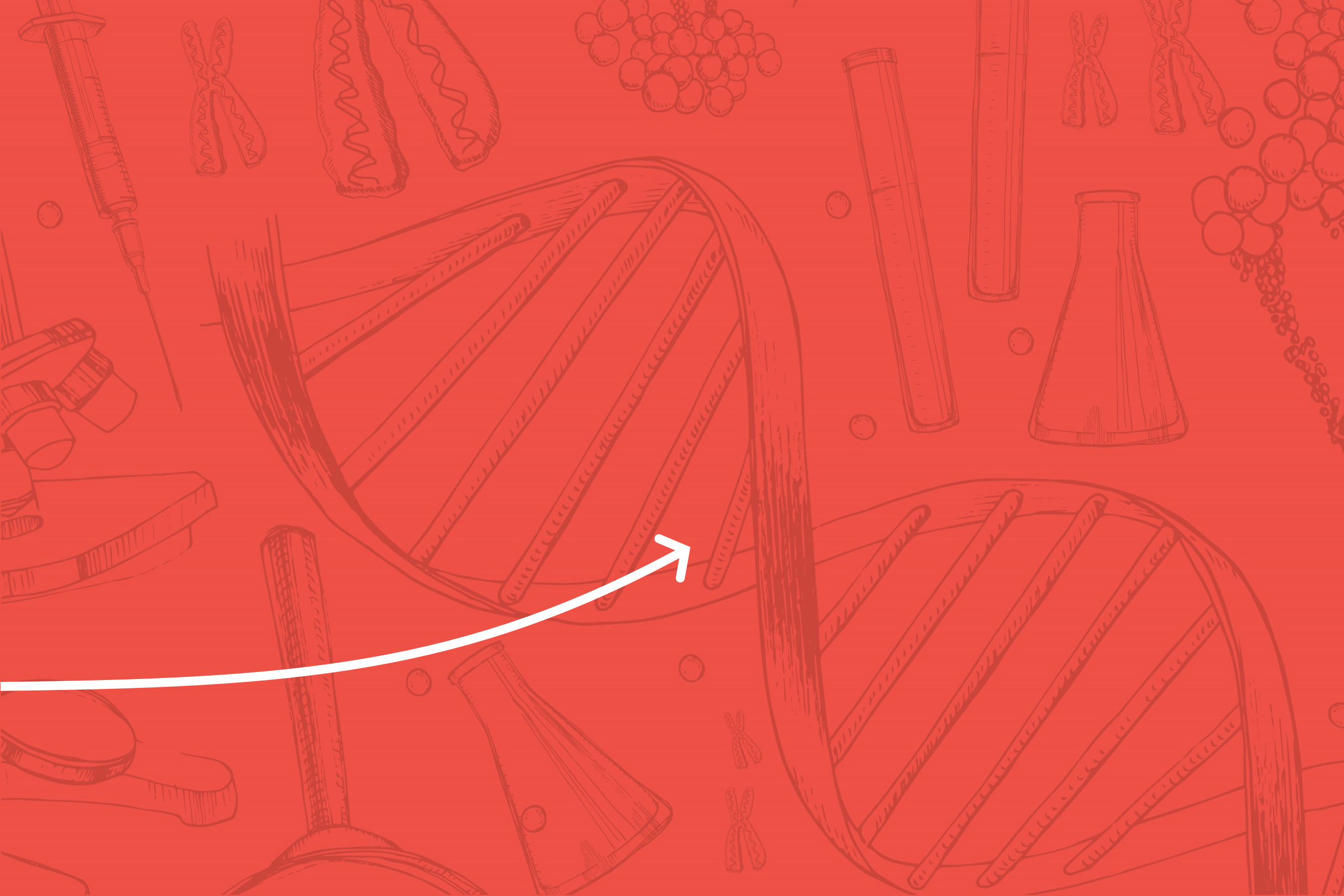

 Over the past 35 years, HESI science has been
Over the past 35 years, HESI science has been
implemented around the world to improve
decision-making, enhance human health
and safety, and preserve the
environment. Looking forward
to the next 35 years, HESI is excited to
continue creating a collaborative
environment for scientists
from academia, government,
industry, and NGOs to come
together to create science-based
solutions for a healthier world.
HOME
1989 - 1993
1993 - 1999
2000 - 2003
2004 - 2008
2010 - 2014
2015 - 2018
2019 - 2023
2024